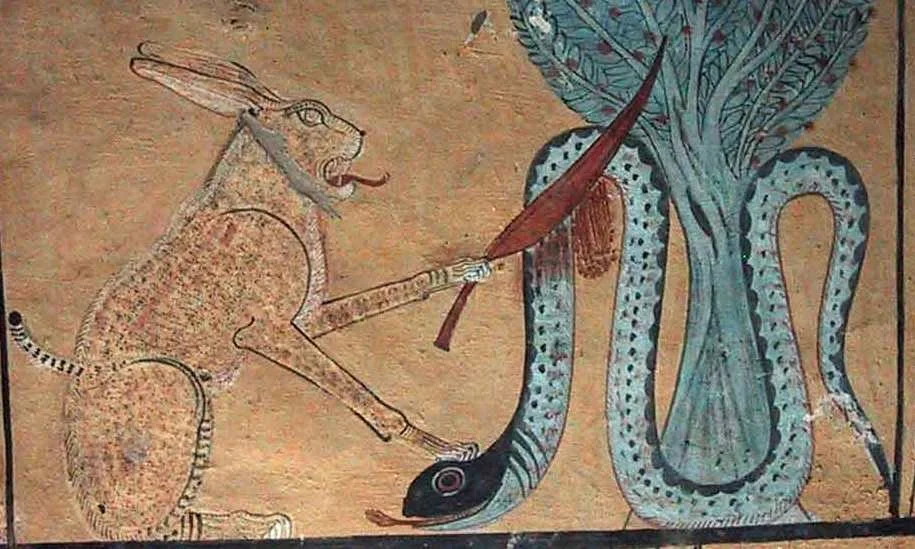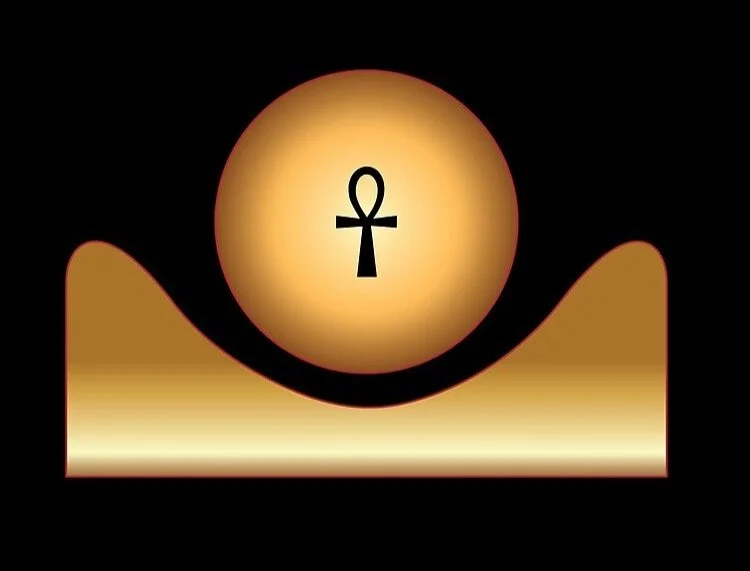Total Solar Eclipse
How Ancient Egyptian Cultures Viewed Solar Eclipses
Carving in Ancient Egpytian Pyramids
The Amarna age of ancient Egypt lasted only twenty years, a relatively tiny slice of time, yet it irrevocably altered the course of the country’s art, religion, and language. From ~1350-1334 BC a revolutionary and exceedingly wealthy king named Akhenaten dramatically changed every element of life in his country in the pursuit of his self-proclaimed monotheistic deity, the Aten sun disk. He ordered the construction, from scratch, of a complete city in the empty desert sands of Middle Egypt. He called it Akhet-Aten, the “Horizon of the Sun Disk”. Today, it is called Amarna.
His nephew Tutankhamun ruled for ten years after him, but the young boy king and his court abandoned the city after only three years. The Amarna age also witnessed the rise of the powerful Hittite Empire, which warred with Egypt for six decades, as well as a devastating epidemic of bubonic plague that swept through both empires, claiming Hittite kings and Amarna princesses.
Some scholars have noted the Egyptians would have likely held Apep responsible for a solar eclipse. He was a giant mythological serpent who chased the sun each night through the underworld. An eclipse may have been seen as a temporary victory over Ra by Apep .
Killing the Serpent Apep how was responsible for the Solar Eclipse
Apep was challenged by priests who ritually mutilated wax figures of him.
Conversely, Aymen Ibrahem has recently suggested that the concept of Akhet could itself refer to a solar eclipse. The akhet has traditionally been viewed as the horizon where the sun rises and sets, and was key to the king and his new city. If it did refer to an eclipse, it would force us to see Akhenaten in an entirely new light.
Ancient Egyptian Symbols representing the Sun
It has been suggested by Akhenaten-expert Donald Redford that the biggest change in Akhenaten’s artistic style occurred in his third year. Assuming he took the throne in 1354 BC, this would place the period of major change sometime in 1351 BC. Oddly, there was a #totalsolareclipse that passed over southern Egypt between Aswan and Soleb on August 15, 1351 BC. It would have therefore occurred during his third year, very close in time to the appearance of his radical new art style.
This momentous eclipse could have either terrified or encouraged the king to “go for broke” and forge ahead with his ambitious and innovative art plans, which changed dramatically after this period. Before this shift, we see the king in the traditional art style in classic proportions.
After this shift, the king is depicted with a radically different body type, and his deity, the Aten, is shown only as a sun disk with rays. Previously, his favored god Ra-Horakhty was shown as a falcon-headed man with a sun-disc. Afterwards, he morphs into the abstract new deity appearing as Ankh-Ra-Horakhty, the living sun disk, by year four. From that point on, as noted by Hornung, the king worships the radiant light of the sun disk, suggesting that whatever may have initiated his shift may have had to do with the relative degree of solar light.
The king himself describes the Aten in his Great Hymn:
“Egypt grows bright when you are risen from the horizon… Egypt is in a festival of light!”
Aker or Ruti and the Akhet
Egyptologists had in fact long ago discovered the Aten was not the sun disk itself, but the “radiant light” of the sun. Amarna maven Flinders Petrie suggested, as long ago as 1894, that the focus of the new religion was the “energy of the sun”. It is a radical theory, but could Akhenaten’s entire religious agenda of worshipping light have been a product of an eclipse of that very light?
The total solar eclipse that passed over southern Egypt on August 15th 1351 BC would have been visible from many southern Egyptian sites, many of which were directly related to Akhenaten and his family. The Temple of Soleb was built by his father Amenhotep III for the express purpose of worshipping himself as a god.
Depicted alongside him was his son, shown in the traditional manner of his early years, and still called Amenhotep IV. Meanwhile, an inscription found at Gebel el-Silsila north of Aswan shows Akhenaten worshipping Amun. These inscriptions were eventually re-carved in the new art style in the years directly after the eclipse, and the images of hated Amun were erased.
Interestingly, Göran Henrikkson has speculated that the reign of Akhenaten may have been sparked, at least in part, by the appearance of an “extremely bright supernova that appeared in the sky on September 11, 1355 BC.” Chinese scientists J.J. Xu and his colleagues have even identified this supernova with the gamma-ray source 2CG 353 + 16. Could Akhenaten have been influenced to begin ruling as a co-regent with his father after seeing this very rare celestial event?
In his 2017 Ancient Origins article “Eclipse over Amarna”, Anand Balaji discusses the notion that Akhenaten’s empire collapsed very close in time to the most powerful solar eclipse that occurred in Egypt during the entire 14 th century BC. He suggests this cannot be coincidence, and that at the very least the eclipse, coupled with the bubonic plague epidemic then sweeping the known world, “signaled the beginning of the end for Pharaoh Akhenaten and the Amarna Period.”
Sacred Egyptian Symbols
~excerpt by Johnathon Perrin, via Ancient Origins






